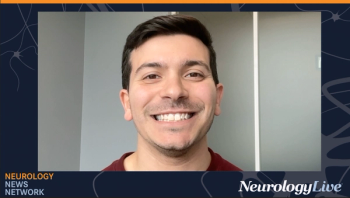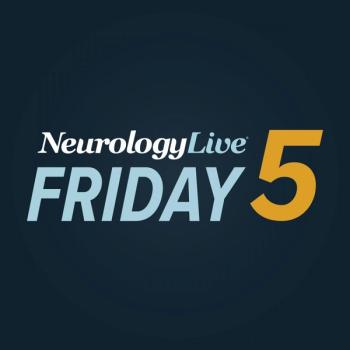
Exploring Tools to Target the Glymphatic System and Alzheimer Disease Risk: Andrew Varga, MD
The associate professor of medicine at the Icahn School of Medicine at Mount Sinai outlined emerging interventions aimed at enhancing glymphatic clearance to potentially lower Alzheimer disease risk. [WATCH TIME: 4 minutes]
WATCH TIME: 4 minutes
"There are a number of promising interventions—from medications to acoustic and vestibular stimulation—that may enhance slow wave sleep and indirectly boost glymphatic clearance. We’re just starting to understand how these tools could impact Alzheimer risk."
The glymphatic system acts like the brain’s “dishwasher,” using cerebrospinal fluid to wash away waste products, including beta-amyloid and tau proteins, that accumulate during brain activity. Disruption or impairment of this system has been increasingly linked to Alzheimer disease (AD), as inefficient clearance may contribute to the accumulation of these proteins, driving neurodegeneration. Some research has suggested that improving glymphatic function–through enhanced sleep quality or therapeutic interventions–could offer a novel approach to slowing or preventing AD pathology.
Andrew Varga, MD, an associate professor of medicine at the Icahn School of Medicine at
During the meeting, Varga sat down to discuss clinical strategies to improve the glymphatic system, including enhancing slow wave sleep to boost brain clearance. In the discussion, he reviewed a growing body of approaches aimed at enhancing sleep architecture to potentially support clearance mechanisms. From behavioral approaches and pharmacologic treatments to advanced technologies like acoustic stimulation, vestibular devices, and temperature regulation, Varga highlighted both the theoretical promise and the need for further validation of these interventions in reducing AD risk.
Newsletter
Keep your finger on the pulse of neurology—subscribe to NeurologyLive for expert interviews, new data, and breakthrough treatment updates.



































